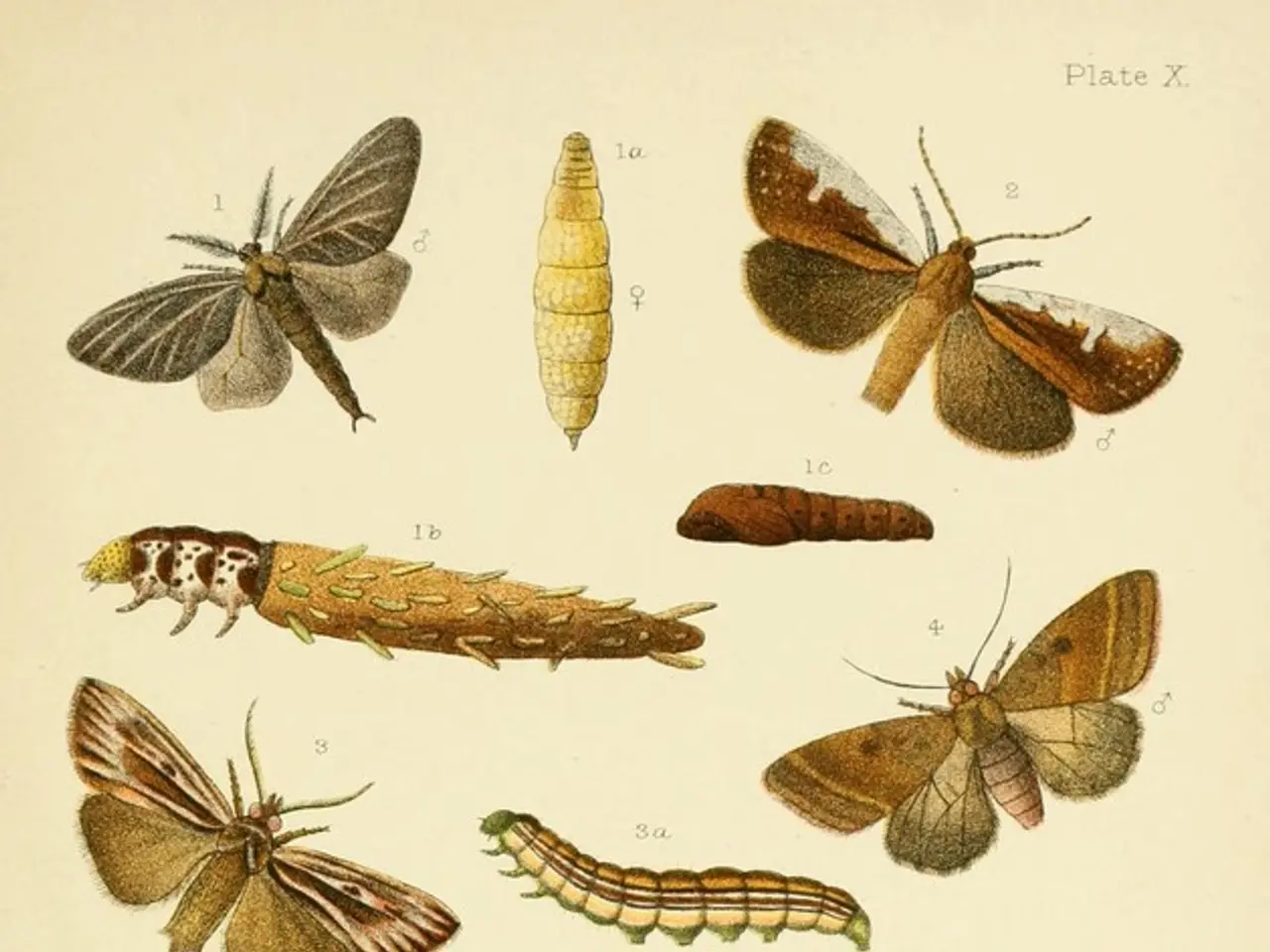Decision-Making Process of Brain Cells: Coordination of Complex Actions
**A Unified Landscape for Decision-Making: Insights into Brain Function and Mental Health**
A groundbreaking study, published in the prestigious journal Nature on June 25, has unveiled a common potential landscape in the brain that acts as a shared dynamical framework for diverse neurons to converge towards unified decisions, particularly during complex decision-making and challenging tasks.
The research, led by Tatiana Engel and involving a collaboration between Princeton University, Cold Spring Harbor Laboratory, Stanford University, and Boston University, has revealed that this landscape can be likened to a nonlinear Winner-Take-All (nWTA) network. In this model, neurons compete via excitation and inhibition dynamics to select one option among many alternatives, demonstrating how neurons with diverse inputs and responses can still robustly reach consensus.
During decision-making, individual neurons exhibit a variety of response patterns, but their activities converge to a common decision state, showing ramp- or step-like activity patterns that align with behavioural outcomes such as speed–accuracy trade-offs and preferential weighting of early evidence. This common landscape thus harmonizes the distributed activity of diverse neuronal populations into a coherent decision output.
The study was conducted on rhesus macaques trained to determine the dominance of colours on a checkered screen. The findings suggest that neurons in the dorsal premotor cortex, a brain region involved in translating decisions into actions, respond very differently, even within the same trial. Despite each neuron having a different individual response, the potential landscape appears to be shared by all neurons in the dorsal premotor cortex.
Clinically, disruptions in this common potential landscape and the underlying decision-making circuitry have important implications for psychiatric disorders like schizophrenia and bipolar disorder. Both conditions feature impaired cognitive control, disturbed neural dynamics, and decision-making abnormalities, possibly reflecting a breakdown in the coordination and integration functions that the potential landscape supports. Aberrant inhibition-excitation balance or disrupted nonlinear interactions could prevent neural populations from converging to unified decisions, leading to fragmented or erratic cognitive and behavioural outputs characteristic of these disorders.
Understanding the neural basis of decision-making landscapes may inform novel diagnostics or treatments by targeting the circuit-level nonlinearities and network dynamics that maintain coherent cognition. Additionally, characterising how anatomical and functional diversity in neurons contributes to or disrupts this landscape—such as the discovery that neurons encode anatomical location within their spiking patterns—may help pinpoint the microcircuit alterations underlying psychiatric symptoms.
In conclusion, this study provides a significant step towards bridging the gap between computational models, neural coding principles, and psychiatric neuroscience. It offers new insights into how the brain integrates diverse neuronal activity into coherent decisions and how this process may go awry in mental health conditions. The findings could potentially offer deeper insight into fundamental brain function and how it goes awry in disorders such as schizophrenia or bipolar disorder, where decision-making processes are altered.
- This neuroscience news revelation about a common potential landscape in the brain might have significant implications for the field of health-and-wellness, as disruptions in this landscape could reflect a breakdown in the coordination and integration functions that support decision-making, and are associated with psychiatric disorders like schizophrenia and bipolar disorder.
- The study, which was published in Nature, proposes that this landscape can be likened to a nonlinear Winner-Take-All network, where neurons compete via excitation and inhibition dynamics to converge towards unified decisions - a process that is crucial for both normal brain function in science and for complex decision-making tasks.
- The findings of this research in neuroscience could potentially inform diagnostics or treatments for schizophrenia or bipolar disorder, as understanding the neural basis of decision-making landscapes may help target circuit-level nonlinearities and network dynamics that maintain coherent cognition, which is disrupted in these conditions.




